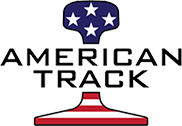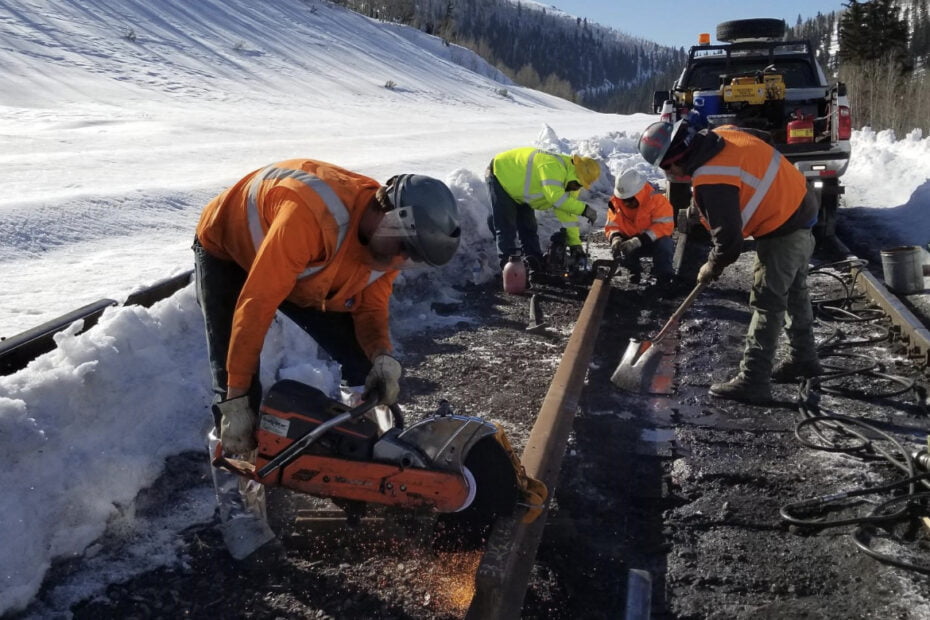Railroad construction plays a critical role in ensuring efficient transportation of goods and passengers. It requires precision, expertise, and a commitment to quality. If you’re involved in railroad construction projects, whether as a contractor or project manager, you understand the importance of delivering top-notch results. By following these three central guidelines, you can enhance safety, durability, and performance, while adhering to industry standards.
Embrace Effective Project Planning and Design
Successful railroad construction begins with thorough project planning and design. Before breaking ground, it’s crucial to develop a comprehensive plan that considers various factors, such as terrain, soil conditions, environmental impact, and budget constraints. Here are key elements to focus on during this phase:
a. Site Evaluation: Conduct a thorough evaluation of the construction site to assess any potential challenges or limitations. Identify areas that may require additional soil stabilization, drainage systems, or environmental considerations.
b. Design Considerations: Work closely with experienced engineers and designers to create a detailed plan that meets the specific requirements of the project. Consider factors such as track alignment, grades, curves, and safety features. Incorporate innovative solutions to optimize performance and minimize maintenance needs.
c. Collaboration: Foster effective collaboration among all stakeholders, including engineers, designers, contractors, and project managers. Encourage open communication and the sharing of expertise to ensure all aspects of the project are considered and accounted for during the planning and design phase.
Prioritize Quality Materials and Construction Techniques
The use of high-quality materials and employing proven construction techniques are fundamental to achieving durable and reliable railroad infrastructure. Consider the following factors:
a. Rail Material: Choose rail materials that are well-suited to the specific project requirements. Consider factors such as load capacity, expected traffic volume, and weather conditions. Utilize rails made of durable materials, such as steel or composite materials, to ensure longevity and reduced maintenance needs.
b. Tie Selection: Select ties that offer excellent structural integrity and resistance to wear and decay. Consider the advantages of composite ties, which provide long-lasting performance and are more resistant to environmental factors, such as moisture and temperature changes.
c. Track Bed Stabilization: Implement effective track bed stabilization techniques to maintain track alignment and prevent settlement issues. Utilize geosynthetic materials, such as geotextiles and geogrids, to enhance soil stability and improve drainage.
d. Construction Techniques: Employ experienced construction crews that specialize in railroad construction. Ensure adherence to industry standards and best practices, including proper track alignment, accurate ballast installation, and secure fastening of rails and ties. Regularly monitor construction progress to maintain quality control throughout the project.
Emphasize Routine Maintenance and Inspection
Regular maintenance and inspection are vital for preserving the integrity and performance of railroad infrastructure. Establish a proactive maintenance program that includes the following elements:
a. Track Inspections: Conduct regular inspections to identify any signs of wear, fatigue, or damage. Implement a comprehensive inspection schedule that covers track components, switches, crossings, and other critical elements. Promptly address any issues identified during inspections to prevent further deterioration or safety risks.
b. Maintenance Practices: Follow industry-recommended maintenance practices for rail lubrication, ballast cleaning, tie replacement, and vegetation control. Regularly monitor and maintain proper drainage systems to prevent water-related issues, such as erosion and track instability.
c. Safety Protocols: Prioritize safety by implementing robust safety protocols and providing ongoing training for maintenance personnel. Promote a culture of safety awareness and encourage reporting of potential hazards or safety concerns.
Contact American Track for Reliable Railroad Construction
At American Track, we specialize in delivering high-quality railroad construction services. With our extensive experience and commitment to excellence, we ensure that every project is completed to the highest standards. From project planning and design to construction and maintenance, our dedicated team is equipped to handle all aspects of railroad infrastructure. Contact us today to discuss your railroad construction needs and partner with a trusted industry leader.
Incorporating these three essential tips into your railroad construction projects will help you achieve quality results that meet industry standards. Embrace effective project planning and design, prioritize quality materials and construction techniques, and emphasize routine maintenance and inspection. By following these guidelines, you can enhance the safety, durability, and performance of your railroad infrastructure, ensuring smooth and efficient transportation for years to come.
Contact American Track today to collaborate with a reliable partner for your railroad construction endeavors. Together, we can create a transportation network that meets the highest standards of quality and excellence.


